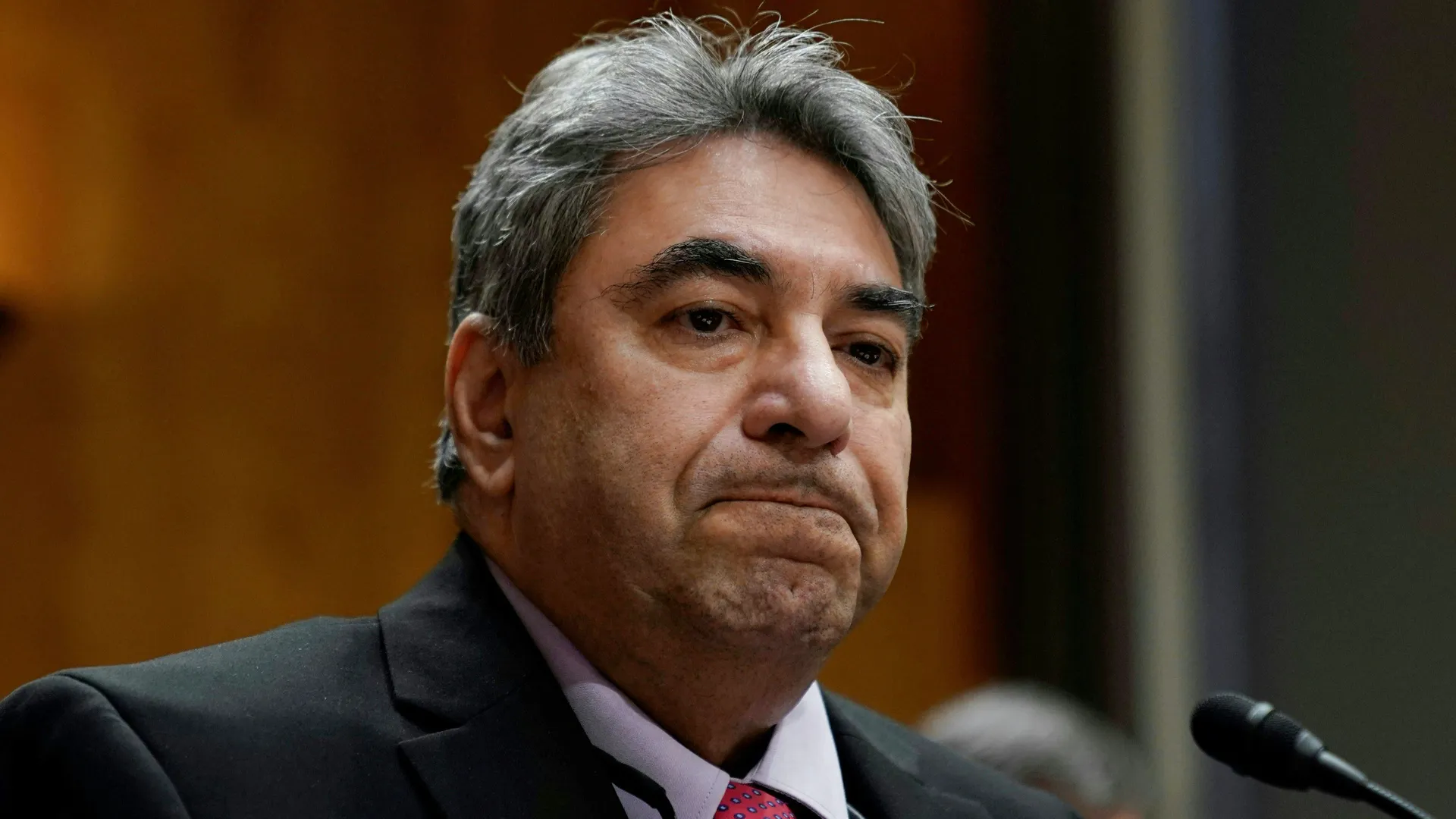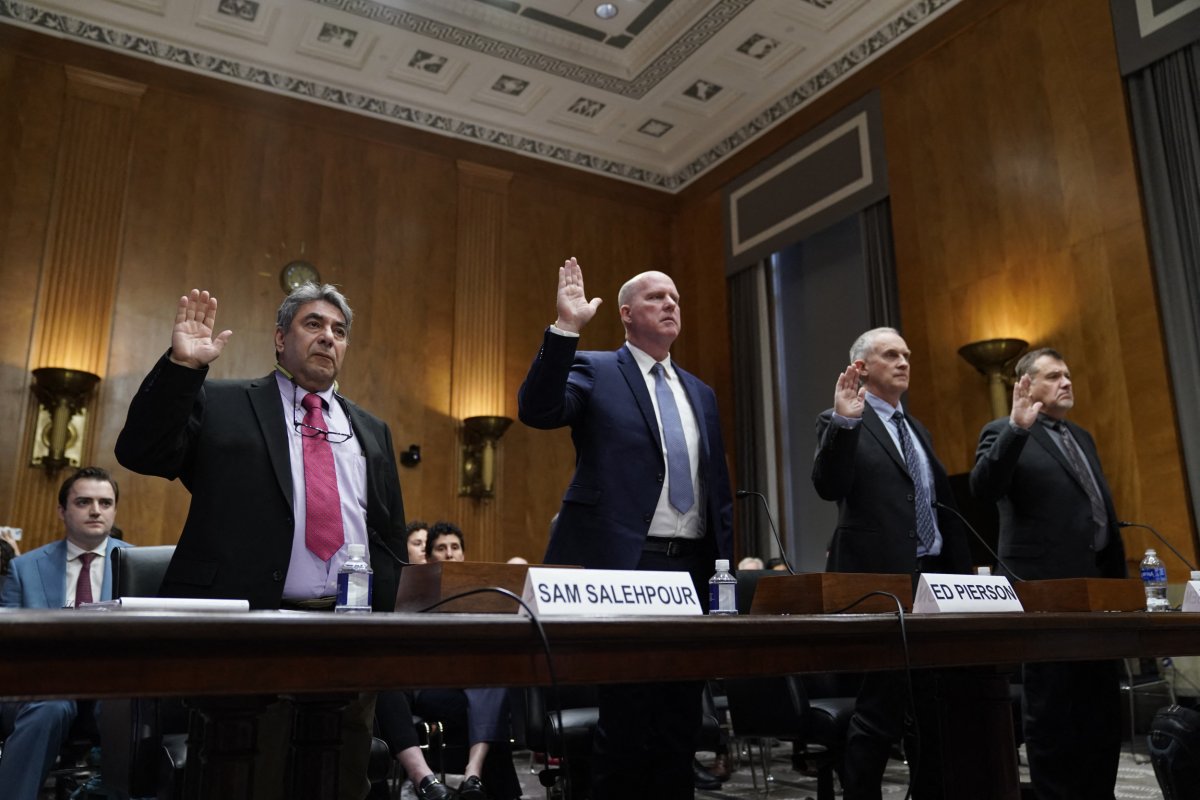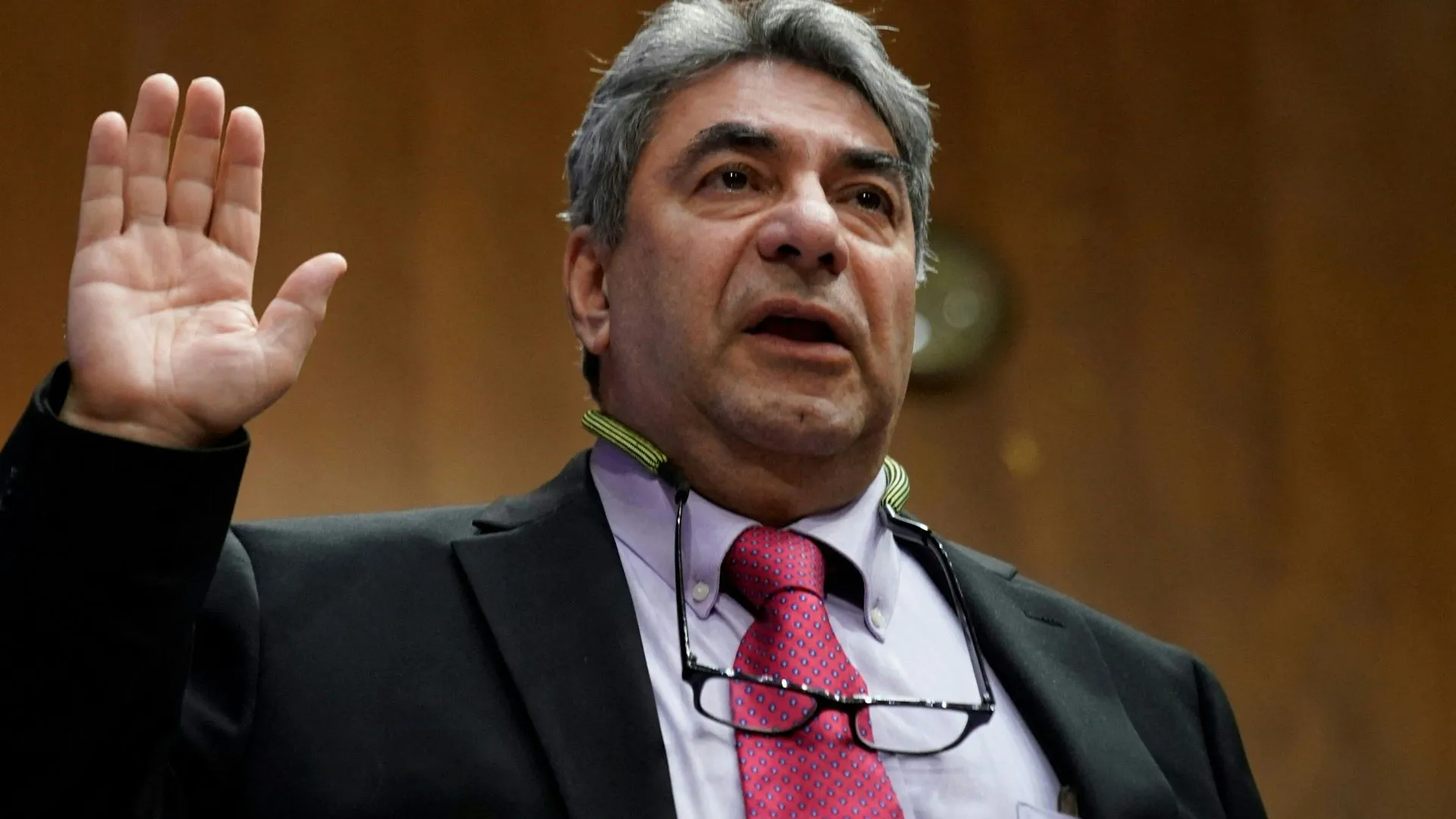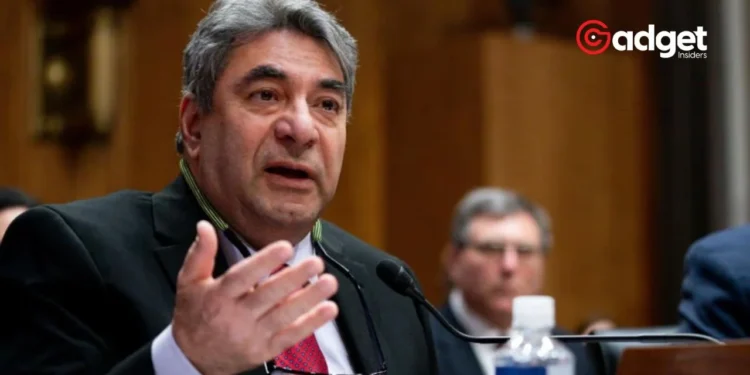In a recent turn of events that could shake the foundation of aviation safety standards, Boeing, the aerospace titan, finds itself embroiled in a storm of controversy and legal scrutiny. This tumult was spurred by poignant revelations from Sam Salehpour, a seasoned Boeing engineer, who disclosed a harrowing tale of harassment and threats following his attempts to voice concerns over the company’s manufacturing practices.

During an important congressional hearing that was held to uncover problems within the company’s safety protocols, Salehpour revealed a distressing incident in which his supervisor reprimanded him for a lengthy call that lasted for forty minutes.
His ordeal didn’t stop there; he also discovered a nail punctured in his tire, an act he suspects is connected to his whistleblowing, although no direct evidence links it to the Aircraft manufacturing giant.
Congressional Spotlight on Boeing’s Alleged Safety Failures
The hearing, a significant chapter in a series of investigations, comes after a series of unsettling incidents involving Boeing aircraft. Notably, a piece of the fuselage from a Boeing 737 Max 9 operated by Alaska Airlines detached shortly after takeoff in January.
The incident, while not resulting in serious injuries, led to massive flight cancellations and reignited severe scrutiny over The company, still reeling from the catastrophic failures of the 737 Max 8 model in 2018 and 2019, which claimed 346 lives.
Three whistleblowers, including Salehpour, have come forward, painting a grim picture of a company culture that allegedly prioritizes speed over safety.
According to Salehpour, his repeated warnings about manufacturing shortcuts were systematically dismissed over three years, culminating in a transfer to another department as a means to silence his concerns.
#Boeing whistleblower says he was put through 'hell' = I know that feeling😥 https://t.co/dDVQj4uY4g
— Ethic's Tampa Barbie (@dateTampaAngel) April 18, 2024
Senator Richard Blumenthal, who presided over the hearing, expressed alarm over the “serious and shocking” stories emerging about the aircraft manufacturing company.
He highlighted the importance of this “moment of reckoning” for the company, pledging further investigations that would directly involve the company’s officials.
Boeing’s Response and the Path Forward
In response to the allegations and the negative spotlight, Boeing has admitted to shortcomings in its safety culture but emphasized its commitment to improvement. The company stated, “We know we have more work to do and we are taking action across our company.”
They reported a significant uptick in internal safety reports, which they interpret as a positive shift towards a more open and secure reporting environment.

Furthermore, the company faces a criminal investigation and several lawsuits related to the Alaska Airlines incident. Preliminary findings from a government investigation indicated missing bolts on the dislodged fuselage section, raising further questions about Boeing’s assembly quality controls.
Whistleblowers’ Continued Battle for Transparency and Reform
Adding to Boeing’s woes, Ed Pierson, a former manager and now an advocate for aviation safety, accused the company of a “criminal cover-up” related to the missing bolts. He has shared his findings with the FBI, emphasizing the severity of the oversight and the potential risks to passenger safety.

The hearings and whistleblower testimonies underscore a critical juncture for Boeing as it navigates through the repercussions of these revelations.
The company’s future actions and adherence to safety and quality will be closely monitored by regulators, customers, and the public, who seek reassurance that the skies remain safe.
As Boeing contends with these turbulent times, the aviation industry watches closely, hoping for a resolution that reinforces safety without compromising the integrity and trust that are fundamental to air travel.










